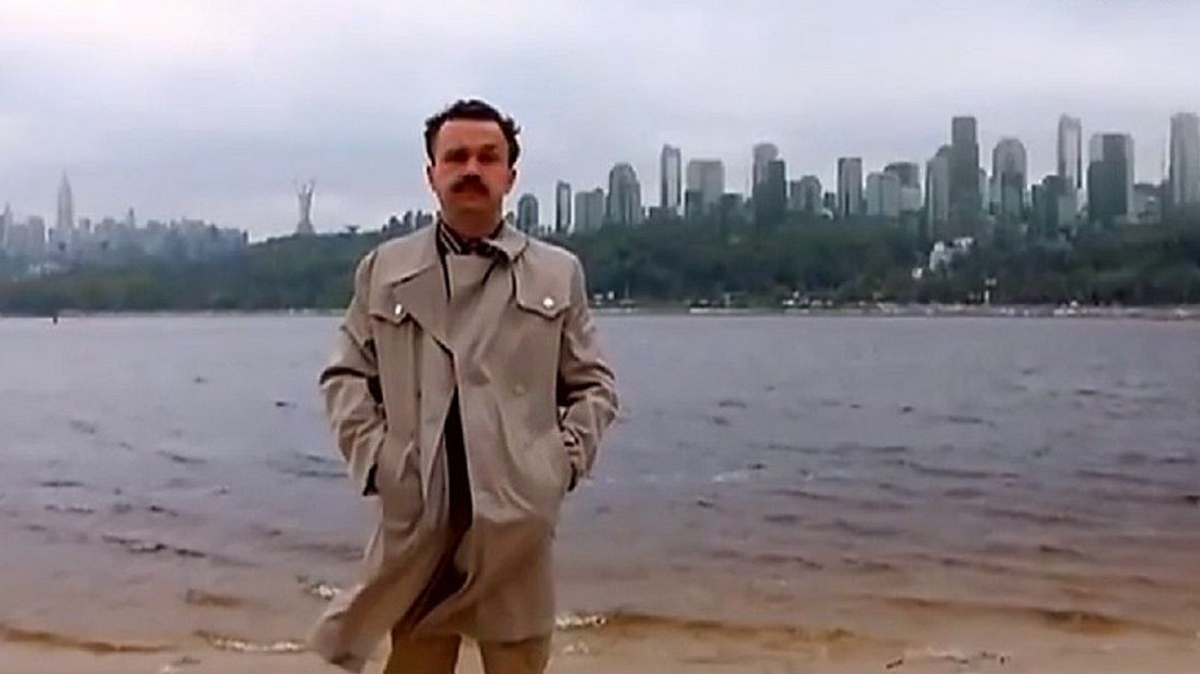Alleged Time Traveler from the Future Discovered in Ukraine in 2006
The content discusses the mysterious case of Sergei Ponomarenko, a young man found in Kyiv, Ukraine in 2006. Sergei was dressed formally and carrying a vintage camera, which drew people's attention. When questioned by authorities, Sergei produced identification documents issued by the USSR, which had collapsed in 1991. His ID card listed his birth year as 1932, yet his appearance suggested he was much younger.
The concept of intentional time travel, as depicted in modern science fiction, is a relatively recent phenomenon, first introduced in the 19th century by H.G. Wells' novel "The Time Machine". Before Wells, stories like Washington Irving's "Rip Van Winkle" featured characters waking up in the future without any intentional time travel.
The content suggests that the idea of time travel has been a subject of fascination for a long time, from ancient Indian epics to modern-day science fiction movies and TV shows. The case of Sergei Ponomarenko, if true, would be a remarkable example of time travel in the real world.
Customize Summary
Rewrite with AI
Generate Citations
Translate Source
To Another Language
Generate MindMap
from source content
Visit Source
medium.com
Mystery of a Possible Time Traveler Who Sent His Photo From Future
Key Insights Distilled From
by at medium.com 07-19-2024
https://medium.com/lessons-from-history/mystery-of-a-possible-time-traveler-who-sent-his-photo-from-future-5ec5128e4d92
Deeper Inquiries
